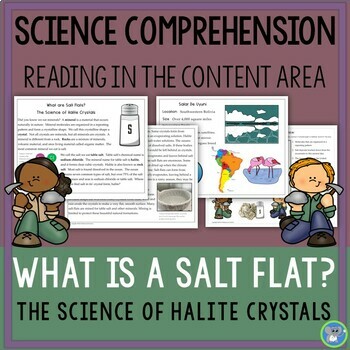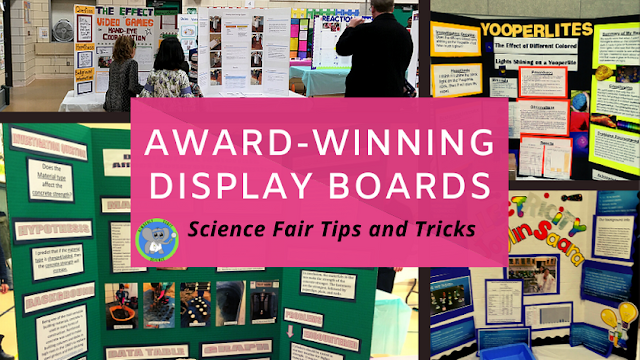Tips for Introducing CER in the Elementary Science Classroom
CER stands for Claims, Evidence, and Reasoning. It is a framework for helping to increase students' science inquiry and writing skills. It guides students in organizing their data and observations. The goal is for students to be able to effectively communicate their explanations of science phenomena they explore in the classroom. We want them to be able to make scientific explanations. The CER outline will help students to engage in argumentation about the scientific phenomenon.
Some teachers see CER as a substitute for the scientific method. I do not see it that way. The scientific method is a free-flowing process. It is a way to have accurate data and observations to help us with our CER prompts. I like to use CER prompts after a formal investigation because the investigation gives us the evidence we need to help us with our reasoning.
Do you have those moments after a lab where the room is quiet because no one knows how to explain what happened? We have all been there. The CER framework will help with this.
Here is a brief description of the parts of CER.
Start with a question about a topic or result from an experiment.
Claim: This is a statement that answers the question. It contains no explanations or reasoning. It is a "what you know" statement or the answer to the question.
Evidence: Students list the evidence to support their claim. It includes qualitative and quantitative data and observations. How do you know?
Reasoning: This is where you explain the why and the how. The reasoning should explain the scientific concept or rule behind the claim. Why do you know?
It is important to start introducing CER early, so students are ready for middle and high school science.
Tips For Integrating CER with Elementary Students.
1. Break it into parts. Do just the Claim for a while, add the Evidence, and then add the Reasoning. This will keep them from being overwhelmed.
 2. Start as a whole class activity before breaking into groups. Once they are ready, make it a group project, then partner, and then individually.
2. Start as a whole class activity before breaking into groups. Once they are ready, make it a group project, then partner, and then individually.
3. Model it for the students. Go through each step and verbally model your thought process.
4. Choose interesting topics and science demonstrations. You want them to be curious.
5. Start with a clear question at the beginning. If you show them the classic vinegar and baking soda reaction, have the students write down questions about it. Choose one that works. Such as, "Why did it spill over?"
6. Provide sentence prompts and anchor charts to help get them started. Talking and writing are two different things. Kids can describe what is happening verbally better than they can on paper. A simple prompt will get the ball rolling.
7. Have the students create ground rules for the discussion. Focus on listening skills, not speaking out of turn, respecting others' opinions, etc. The teacher can give out science tickets for observing the correct behavior.
Remember to take your time. It doesn't happen overnight. Eventually, they will construct explanations and have meaningful scientific arguments about the world around them.
SHOP THIS POST






